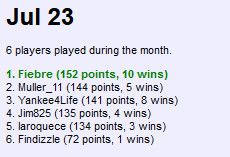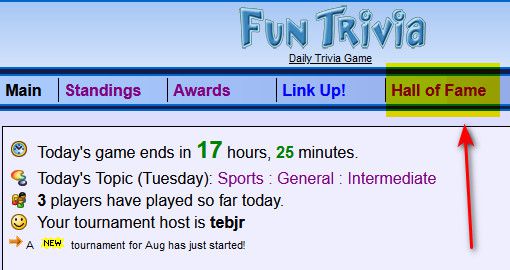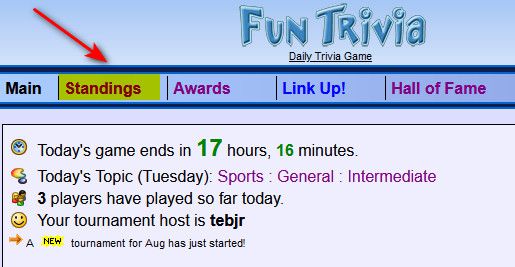Read this article. Mike Lupica explains the difference between the Mets, who actually did something at there trade deadline and the Yankees, who for some reason did not and stood pat. I don’t praise the Mets a lot but they did a great job and they embarrassed the Yankees big time.
Mike Lupica: Cohen’s Mets decide to dig themselves out of the hole, while Yanks just keep digging
Steve Cohen has stopped kidding himself about the Mets, which means a very smart guy stopped acting like a sucker about baseball. It’s why Cohen’s baseball people have now traded just about everybody except Mr. Met over the past few days. At least the Mets did something. The Yankees did nothing. Maybe the only suckers left at the table are Hal Steinbrenner and Brian Cashman.
All the Yankees did on Tuesday was add a pair of marginal pitchers, Keynan Middleton of the White Sox and Spencer Howard of the Rangers. They must think they can relief-pitch their way into the tournament in the American League. Or maybe the people in charge just continue to tell themselves their team is better than it really is.
Across town, what Cohen is doing, to borrow an expression from the world of money, is a baseball version of selling off a losing position. His Mets made a big bet this season – that Justin Verlander and Max Scherzer could anchor a contender – and ended up with the short end of it once the cards ran out. Instead of clutching to the fool’s hope, he’s selling off what assets he has left before they all go to zero.
Cohen took a good, hard look at what his team has done this season despite the biggest payroll in all of recorded history, and realized that the Mets were going nowhere, a little more than 100 games from when they won 101 last season. There were too many under-producing and overpaid veterans, in a sport that keeps getting younger, one in which the successful teams combine kids from their own farm system with smart veteran acquisitions. Cohen didn’t have a farm system when he took over. He’s trying to buy one now after finding out that even a payroll of $364 million couldn’t buy him a World Series.
So with Max Scherzer already gone to one Texas team, the Mets on Tuesday traded Justin Verlander to the Houston Astros for a Double-A kid, Drew Gilbert, who is supposed to be the Astros’ best minor leaguer. And you know why the Astros weren’t afraid to deal him for the 40-year-old Verlander, with whom they won a World Series nine months ago? Because the Astros always know there are more where Gilbert came from, that’s why.
In the end, Cohen paid $86 million for Verlander and Max Scherzer for the 2023 season and got a combined 35 starts out of them and now they’ve both moved to Texas. So for now, and maybe for a long time, Cohen decides not to throw more good money after bad.
Cohen’s general manager, Billy Eppler, can talk all he wants about “repositioning.” Eppler is a nice guy, he is, but that is just baseball double talk. What has happened to the Mets over the past few days, with 39-year-old Scherzer gone and now Verlander gone and all the rest of them following two future Hall of Famers out the door is that they decided to start all over again. Citi Field is still expensive baseball property. But this is a teardown, whatever they want to call it.
At least the Mets acknowledged at this Trade Deadline that they really have been kidding themselves for the past few months. You cannot say the same for the Yankees, who refused to sell off any of the handful of actually marketable guys that they have, which means players coming up on the end of their contract. In the end they essentially did nothing except add a bit of depth to the one strength the team has not named Judge. Maybe they didn’t sell because they didn’t have enough that anybody wanted.
So maybe it is the Yankees who continue to kid themselves that they are somehow getting closer to the World Series with their own overpaid, over-the-hill gang; continue to kid themselves that they have all these future star kids in the chute. Well, where are the kids when the Yankees need them? For now all we see is a team without a leftfielder, with aging corner infielders, and with no lefthanded bat in a ballpark with a rightfield wall close enough for hitters to spit on.
They somehow thought they were right there with the Astros last October even after getting swept in the American League Championship Series. They weren’t. Still aren’t. Now the Astros get Verlander back. The Rays? They traded for Aaron Civale of the Guardians, one of the hottest pitchers in the sport right now. The Blue Jays get a big arm like Jordan Hicks for their bullpen and get Paul DeJong to play shortstop after Bo Bichette goes down with a knee. The Orioles? They keep winning as they seem to keep getting younger and now add another starter, Jack Flaherty.
Ask yourself a question about the 2023 Yankees: Other than Judge, who else do they have who would start for the Atlanta Braves?
Yankee fans keep hearing about “Yankee DNA.” What in the world does that mean at this point? The Mets have lost more games than the Yankees have this season. But it is the Yankees who look like just as big a flop. Obviously Judge getting hurt on the first Saturday night in June changed plenty for this team. But once he went away for two months, you saw what kind of cover he was providing for all of the other guys Aaron Boone keeps running out there.
“I want to win,” Judge said Monday night. “Whatever gets us closer to being a better team and winning, that’s why I’m here……”
Maybe if he wanted to win sometime soon, he should have gone to San Francisco.






